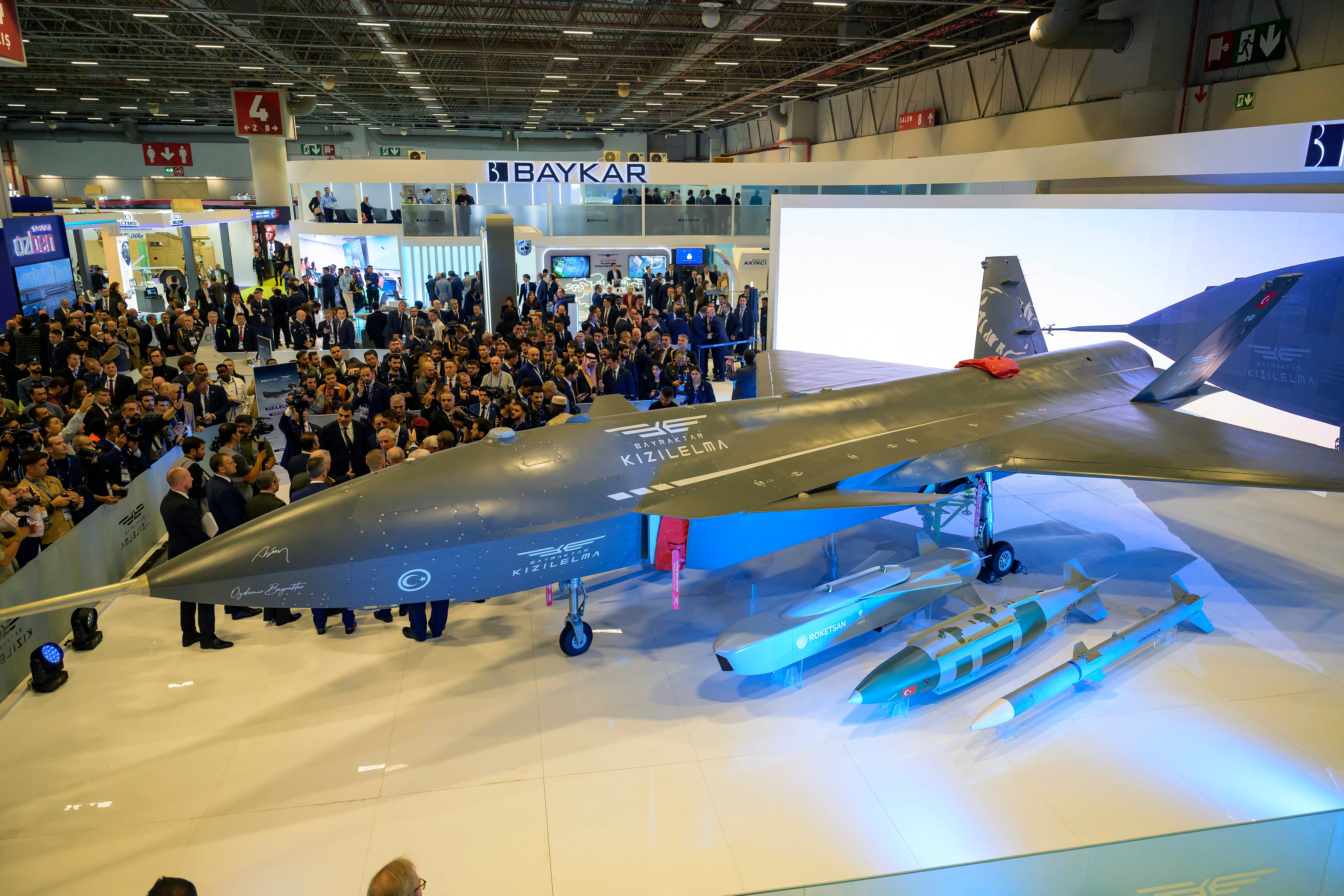A recent escalation of aggressive acts in the Middle East underline the need for intelligence, surveillance and reconnaissance capabilities. Early warning and the ability to track adversary action is often still missing. Enduring threats continue to take the U.S. and its partners in the region by surprise. Gen. Joe Dunford, chairman of the Joint Chiefs of Staff, noted in response to the latest attacks that the United States does not have “an unblinking eye” in the region, noting that America’s limited ISR assets cannot provide complete situational awareness.
Unfortunately, insufficient ISR to monitor “lower-end” adversaries does not bode well for ISR capabilities against “near-peer” adversaries. Increasing persistent surveillance in the Gulf — and perhaps more importantly making adversaries believe they’re being watched — is part of an effective peacekeeping strategy for this volatile region.
The National Defense Strategy correctly highlights near-peer capabilities as emerging threats. But deterrence of such threats can be strengthened with good situational awareness, including warnings and indications from persistent ISR. Whether in the Indo-Pacific region, Europe or the Middle East, combatant commanders are vying for more ISR assets to provide both military and policy officials better insight into events in their respective regions, and to let adversaries know that the U.S. is able to attribute attacks using ISR data.
Early in 2019, the leader of U.S. European Command stated that he needed greater ISR capacity to respond to the threat of “gray zone warfare,” as exemplified by recent events in Crimea and eastern Ukraine. In the Indo-Pacific, the vast expanses of the oceans and littorals provide ample opportunity for aggression short of full-scale warfare. Our adversaries are less likely to become militarily aggressive if they know they are being watched, constantly.
To fill the ISR gap and supplement insufficient organic assets, some combatant commands have resorted to leasing contractor-operated ISR systems. Among the available airborne ISR assets, unmanned systems generally provide the greatest “time-on-station” persistence. They also do not put friendly aircrew at risk.
The NDS emphasized building partner capacity because the U.S. cannot be the sole provider of ISR collection assets. The Department of Defense should place a priority on sharing the burden of ISR with partners through a concerted effort to encourage export of such systems using efficient and predictable processes.
Restrictions on the export of unmanned aircraft systems have, on occasion, forced U.S. allies to turn to non-U.S. suppliers. The administration continues to take broad policy steps in the right direction, but to really meet urgent operational requirements, the U.S. export bureaucracy must move faster and continue to break down procedural hurdles.
Present reality demands more and better ISR for U.S. military operations in many parts of the globe — our combatant commanders have made that clear.
We must strive to keep that ISR cost-effective, manpower-efficient, and accessible to and interoperable with our allies. It will remain our strongest method of deterrence in the counterinsurgency and gray zone conflicts against state and nonstate adversaries alike, whether they are near-peer or not.
Linden Blue is the CEO of General Atomics Aeronautical Systems. Prior to being named CEO in 2014, he served as president of the company’s Mission Systems business, focused on providing integrated ISR and airspace-integration sensor payloads to aircraft platforms.








